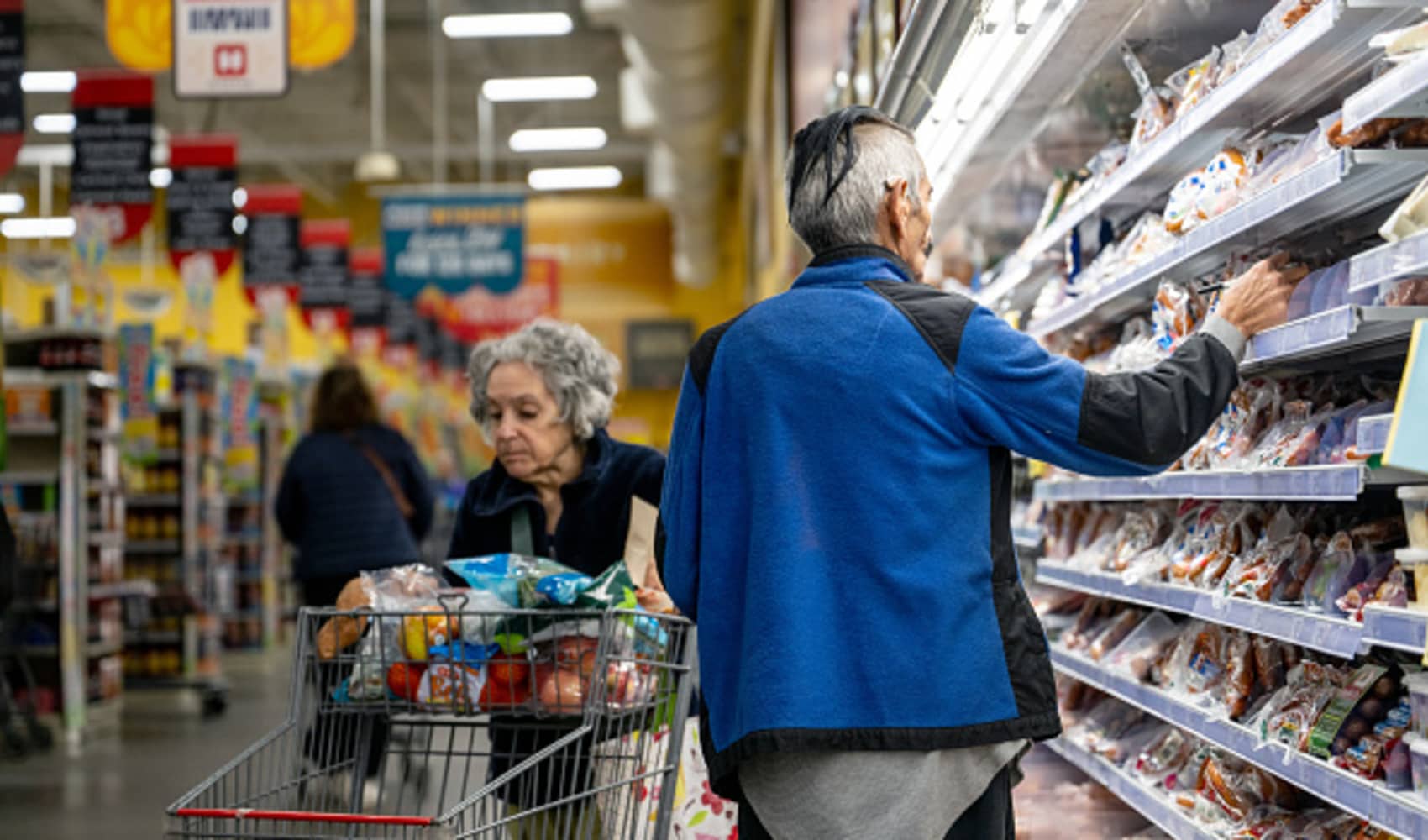Bronx Elderly Cane Theft: Outrage in the Community
Bronx Nightmare: 72-Year-Old Woman's Cane Stolen in Brazen Act
A Heartbreaking Incident in the Bronx
Can you imagine? Just going about your day, relying on your cane for support, and someone just… takes it? That's exactly what happened to a 72-year-old woman in the Bronx on a recent Monday afternoon. According to the NYPD, this elderly woman was walking near Watson Avenue and Morrison Avenue around 2 p.m. when a man approached her, snatched her cane right out of her hand, and then fled the scene. A truly shocking and despicable act!
Thankfully, police reports indicate that the woman was not physically injured during this ordeal. But let's be honest, the emotional trauma of such a brazen act can be just as devastating. It's not just about a cane; it's about safety, security, and the feeling of being vulnerable. This incident raises serious questions about public safety and the need for greater vigilance in our communities.
Details of the Crime
Let's break down the specifics of what we know about this troubling incident:
- When: Monday afternoon around 2:00 PM.
- Where: Watson Avenue and Morrison Avenue area in the Bronx.
- Who: A 72-year-old woman was the victim. An unidentified male suspect committed the theft.
- What: The suspect stole the woman's cane directly from her hand.
- Impact: The woman was not physically injured but likely suffered emotional distress.
The Role of a Cane: More Than Just a Walking Stick
Many of us might not fully appreciate the importance of a cane to someone who relies on it. It's not simply an accessory; it's a vital tool for mobility and independence. For this 72-year-old woman, her cane was likely her lifeline to navigating the world. Think of it as the steady hand she needs to get to the grocery store, visit with friends, or simply enjoy a walk in her neighborhood. Losing it, even temporarily, can be incredibly disorienting and debilitating.
The Emotional Impact of the Theft
Beyond the physical inconvenience, consider the psychological impact of this crime. Imagine the feeling of vulnerability and fear that this woman must have experienced. Being robbed of her cane, a symbol of her independence and stability, is a violation that goes far beyond the monetary value of the object itself. It's a direct attack on her sense of security and well-being. This incident serves as a stark reminder of the need to protect and support our elderly community members.
Why This Matters to the Community
This incident isn't just an isolated event; it's a reflection of a larger problem. When petty crimes like this occur, they erode the sense of safety and security within a community. It makes people feel less safe walking the streets, less trusting of their neighbors, and more fearful of becoming victims themselves. It's essential that we address these issues head-on to create safer and more supportive environments for everyone.
The NYPD's Response and Investigation
The NYPD is actively investigating this case and urging anyone with information to come forward. They are asking the public to contact Crime Stoppers at 1-800-577-TIPS (8477) or, for Spanish, 1-888-57-PISTA (74782). Your call could be the key to bringing the perpetrator to justice and preventing similar incidents from happening in the future. Even seemingly small pieces of information can be valuable in an investigation.
How You Can Help: Be a Good Samaritan
What can you do to help? Be vigilant and aware of your surroundings. If you see something suspicious, report it to the authorities. Offer assistance to elderly or vulnerable individuals in your community. A simple act of kindness, like helping someone carry groceries or offering them a seat on the bus, can make a big difference. Let's all strive to be good Samaritans and create a more caring and compassionate community.
The Importance of Community Watch Programs
Community watch programs are a proven way to deter crime and enhance neighborhood safety. By working together and keeping an eye out for one another, residents can create a strong deterrent to criminal activity. These programs also foster a sense of community and encourage residents to take an active role in protecting their neighborhoods. Consider joining or starting a community watch program in your area.
Understanding the Motivations of the Perpetrator
What drove the suspect to commit such a heartless act?
While we may never know the exact motivations of the perpetrator, it's important to consider the potential factors that may have contributed to his actions. Was it an act of desperation? A symptom of a larger societal problem? Understanding the root causes of crime is essential to developing effective prevention strategies. Addressing issues like poverty, mental health, and addiction can help to reduce crime rates and create a more just and equitable society.
The Role of Mental Health
Is mental health a factor in this kind of crime?
While it's important not to stereotype or generalize, it's undeniable that mental health issues can play a role in criminal behavior. Untreated mental illness can lead to impaired judgment, impulsivity, and a lack of empathy. Providing access to affordable and effective mental health services is crucial for preventing crime and helping individuals who are struggling with mental health challenges. Investing in mental health is an investment in public safety.
Elder Abuse Awareness and Prevention
Is stealing from an elderly person elder abuse?
Absolutely. While this specific incident may not fall under the legal definition of elder abuse in all jurisdictions, it certainly shares characteristics with elder abuse. Targeting an elderly person and exploiting their vulnerability is a form of abuse, regardless of whether it involves physical harm. Raising awareness about elder abuse and providing resources for victims are essential for protecting our senior citizens. We must create a culture of respect and support for our elders.
Rebuilding Trust in the Community
How can we foster a safer and more trusting environment?
Incidents like this can erode trust within a community, but it's crucial to rebuild that trust. This requires a multi-faceted approach that includes:
- Increased police presence and visibility.
- Community policing initiatives that foster positive relationships between law enforcement and residents.
- Neighborhood watch programs.
- Community events that bring people together.
- Open and honest communication between residents and local leaders.
The Importance of Reporting Crime
Why is it important to report crimes, even seemingly minor ones?
Reporting crimes, no matter how small they may seem, is essential for several reasons:
- It helps law enforcement track crime patterns and allocate resources effectively.
- It allows victims to access support services and assistance.
- It sends a message to criminals that their actions will not be tolerated.
- It contributes to a more accurate picture of the crime rate in a community.
A Call to Action: Let's Stand Together
This incident serves as a stark reminder that we must stand together as a community to protect our most vulnerable members. Let's be vigilant, supportive, and compassionate. Let's work together to create a safer and more caring environment for everyone in the Bronx and beyond. Together, we can make a difference.
Conclusion: Reaffirming Our Commitment to Safety
The theft of a 72-year-old woman's cane in broad daylight is a deeply disturbing event that highlights the need for increased vigilance and community support. While the physical harm was minimal, the emotional impact and the violation of trust are significant. The NYPD is actively investigating, and the community can play a crucial role by reporting any information they may have. This incident underscores the importance of elder abuse awareness, mental health support, and proactive community policing. Ultimately, building a safer environment requires a collective effort from residents, law enforcement, and community organizations.
Frequently Asked Questions
-
What should I do if I witness a crime?
If you witness a crime, your safety is the top priority. If it's safe to do so, try to remember as many details as possible about the suspect, including their appearance, clothing, and any vehicle they may be using. Immediately call 911 to report the crime. Stay at the scene, if safe, and provide a statement to the police.
-
How can I protect myself from becoming a victim of crime?
There are several steps you can take to reduce your risk of becoming a victim of crime. Be aware of your surroundings, especially in unfamiliar or poorly lit areas. Avoid walking alone at night if possible. Keep your valuables out of sight and be cautious when using ATMs or public transportation. Consider taking a self-defense class to learn basic protective techniques.
-
What resources are available for elderly victims of crime?
Many organizations offer support and assistance to elderly victims of crime. These resources may include counseling services, legal aid, and financial assistance. Contact your local senior center or Area Agency on Aging for information on available resources in your community. The National Center on Elder Abuse (NCEA) is also a valuable resource.
-
How can I start a neighborhood watch program in my community?
Starting a neighborhood watch program involves several steps. First, gather a group of interested neighbors. Contact your local police department for guidance and support. Hold regular meetings to discuss crime prevention strategies and share information. Establish a system for reporting suspicious activity and communicating with neighbors. Work together to create a safer and more connected community.
-
What is the role of bystander intervention in preventing crime?
Bystander intervention can play a crucial role in preventing crime. If you witness someone being harassed or victimized, consider intervening if it is safe to do so. This could involve speaking up, distracting the perpetrator, or calling for help. Remember to prioritize your safety and avoid putting yourself in harm's way. Even a small act of intervention can make a big difference.

